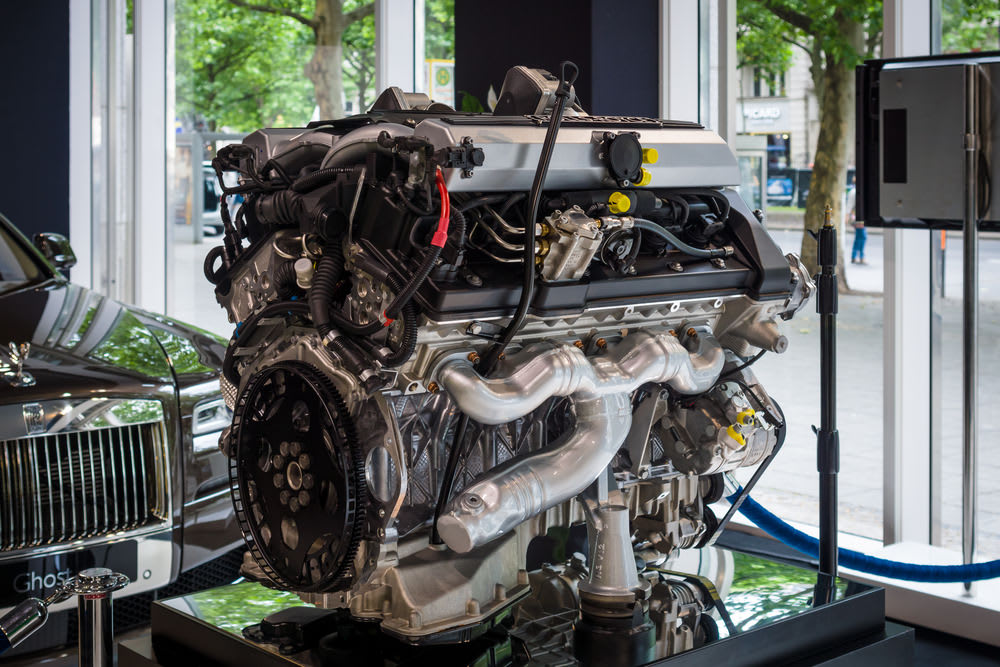

Marketing is a critical component of automotive sales. Whether it’s branding a Chevrolet big block V8 as a “rat motor”, or the infamous “six-pack Hemi,” consumers are typically drawn to automotive products or components that have a creatively branded nickname as opposed to the specific advantages of the product. One of the more commonly misunderstood nicknames is the “twin-cam” engine configuration. Although they are becoming more common in modern cars and trucks, there are many consumers that have no idea what this actually means and why it is used.
Listed below are a few of the facts about what a twin-cam engine is, how it works and the benefits for using them in modern car, truck and SUV engines.
Defining a Twin-Cam Configuration
In the traditional piston driven combustion engine, there is one crankshaft that operates the pistons and connecting rods, connected by a chain to a single camshaft that opens and closes intake and exhaust valves during the four-stroke process. The camshaft is not necessarily found above the cylinders or close to the valves themselves, and uses pushrods to open and close the valves.
A “twin-cam” engine has two camshafts, specifically a double overhead camshaft or DOHC, which define the valve train layout. While saying you have a twin-cam engine sounds cool, it isn’t always a precise term.
In a twin-cam engine, there are two camshafts inside the cylinder head, positioned above the cylinders. One camshaft is responsible for operating the intake valves and the other one operates the exhaust valves. The DOHC engine has several features unique to its design. For instance, the rocker arms are smaller or may not even be present at all. A wider angle is seen between the two types of valves than what you would see on a single overhead camshaft or SOHC.
Many DOHC engines have multiple valves on each cylinder, even though it isn’t necessary for the engine to work. In theory, more valves per cylinder improves the output of the engine without increasing the volume of the airflow. In practice, this isn’t always true. It really depends on the configuration of the engine as to whether this type of cylinder head setup will be beneficial.
Benefits of a Twin-Cam
Professional mechanics agree that the best way to improve engine performance is through good air flow through the cylinder heads. While most performance engine shops accomplish this by enlarging the intake and exhaust valves, manifolds and porting & polishing the chambers for smooth flow, automotive manufactures have embraced the multiple-valve per cylinder configuration. The design of a DOHC allows for less restricted airflow at higher speeds. If the engine also has a multi-valve design, it also experiences improved combustion for better efficiency because of the placement of the spark plug.
Since DOHC or twin-cam engines have improved airflow through the cylinders, they are often comparatively more powerful and offer better acceleration. They can also improve efficiency, which translates to money saved at the gas pump. In addition, DOHC engines generally run quieter and more smoothly. Today, twin-cam engines are available across the spectrum, from entry-level hatchbacks to performance-tuned sports cars.



